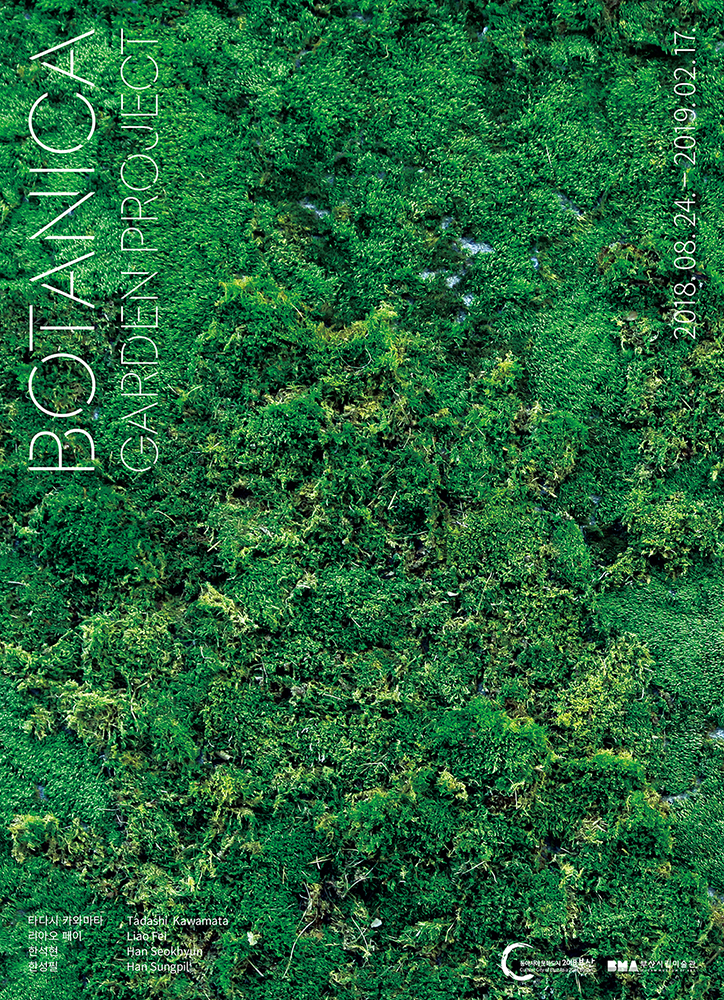Botanic Garden Project
Artist: Liao Fei , Han Seokhyun, Han Sungpil, Tadashi Kawamata,
Duration: 24 Aug 2018 – 17 Feb 2019
Venue: (48060) 58 APEC-RO, HAEUNDAE-GU, BUSAN
The Busan Museum of Art is putting on “Botanica_Garden Project,” an exhibition highlighting new facets of contemporary Asian art. As one component, a new project-type exhibition has been planned for the outdoor garden of the Busan Museum of Art. Though man-made, this outdoor area is a remnant of precious green space in the midst of the highly artificial environment of the Centum urban district. The artists participating in the project are Tadashi Kawamata, Liao Fei, Han Seok Hyun, and Han Sungpil. All were chosen because of their direct expressions of concern for the environment and ecology and their involvement in various installation pieces utilizing outdoor spaces. Like a bird picking up branches to make a nest, Tadashi Kawamata used wood waste brought by Busan residents to create a huge nest, symbolizing a place burgeoning with life. This monumental work most clearly shows the aim of the exhibition concept for the “Botanica Garden Project.” Artist Liao Fei, meanwhile, used the technique of grafting to rejoin differentiated tree species and plant a new kind of fruit tree. This gives rise to thoughts about the various intertwined significations of the evolution of life. Next, Han Seok Hyun uses the motif of pine trees growing out of Geumjeongsan Mountain’s rocky crevices to address the local characteristics and environmental issues of the place that is Busan. Finally, Han Sungpil’s piece is inspired by Iceland, but rather than highlighting the icy glaciers that come to mind when we think of that place, he has selected moss and glacial melt water as the subject matter for his photographs, revealing the existence of life even in extreme locales. In addition, by planting real moss upon an image of moss, he presents a synesthetic experience of an environmental issue. This project has transformed the everyday space of the art museum’s exterior grounds into an aesthetic space. Here, viewers can contemplate and experience the variety of issues raised by the artists. Unlike environmental sculptures in the modern sense, their works implicitly evoke the various processes by which they were created, giving a compact view of changes in contemporary art. It is hoped that this project will fulfill the aim of the Botanica Outdoor Project, reflecting the meaning of and relationships between people, the environment, and the city.

